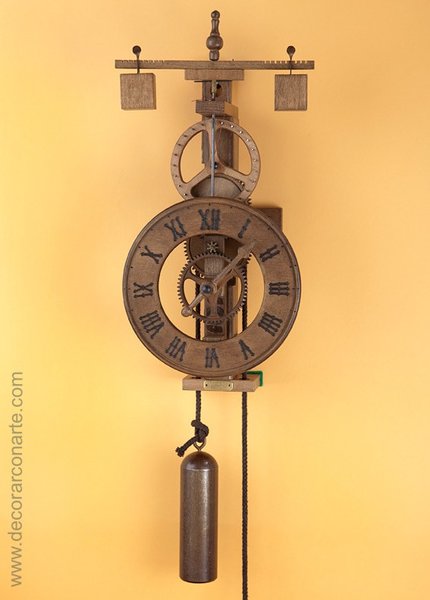Description
Reproduction in current materials of ancient instruments that are part of the cultural and scientific heritage because of their scientific, historical and aesthetic value.
The instrument is accompanied by a documentation with description in which their use is explained in detail.
Diptych:
Are portable sundials consisting of a compass, a solar quadrant and a thread with the function as a pin or gnomon, which casts the shadow. They were often used as a pocket watch, between the fifteenth and eighteenth centuries.
Functional manner: Align the tip of the arrow of the compass that always points north, on the 12 (XII) of the quadrant / sundial. Once oriented and exposed to the sun, casts the pin a shadow which corresponds to the time line, and outputs time.
Kepler: This model has on the top a compass rose with a needle, which allows us to determine the various courses. There is an opening in the north direction of the Rose, which allows in the northern direction of the interior of the compass to see once aligned, we can define the 32 courses. The compass rose is a circle that has marked the 32 courses on the edge, in the 360 degrees of the circumference of the Earth divided itself (equivalent to 11.25 each). The course is also the direction in which we move or sail away, and is usually expressed as the angle which designed this direction with another reference.
Reproduction of a Dytich dial, known as Pocket sundial with Wind Rose on top for the orientation.
Brass plate, Medium-density wood fibreboard teinted and polished; crystal glass over the magnetic compass; coloured paper.
Box size: lenght 11,5cm X Width 8 cm X Height 3,5cm. Total Weight: 175gr












Reviews
There are no reviews yet.